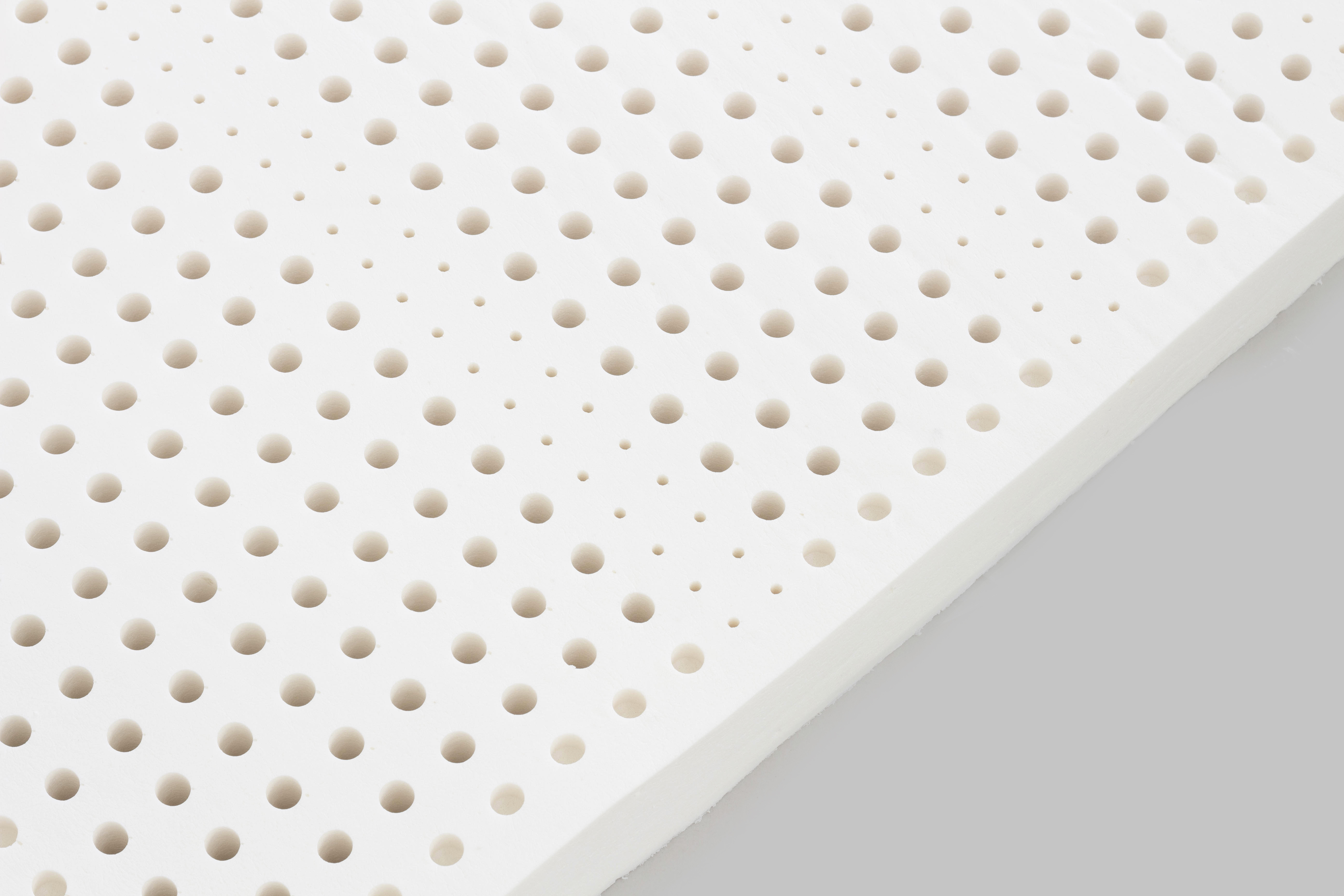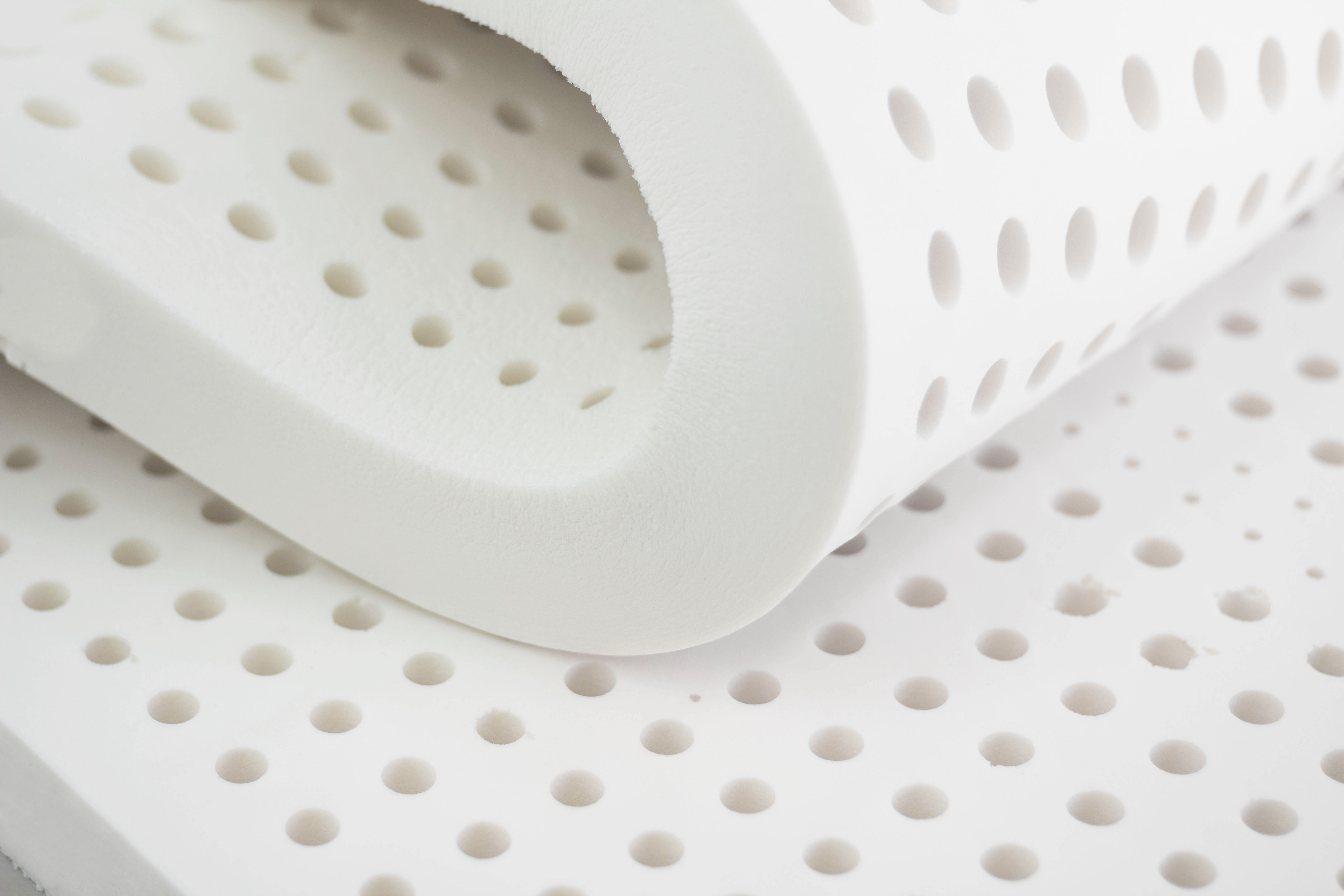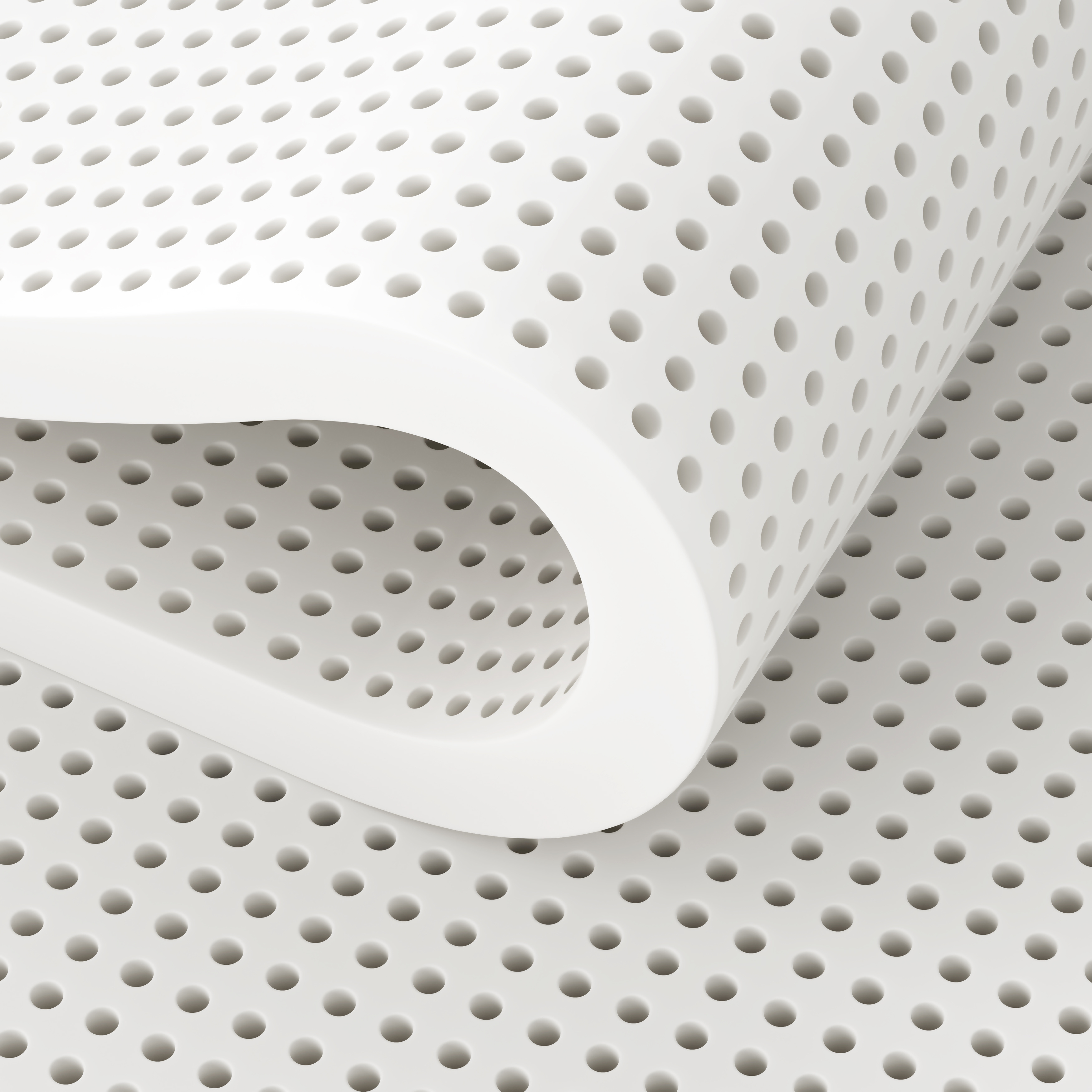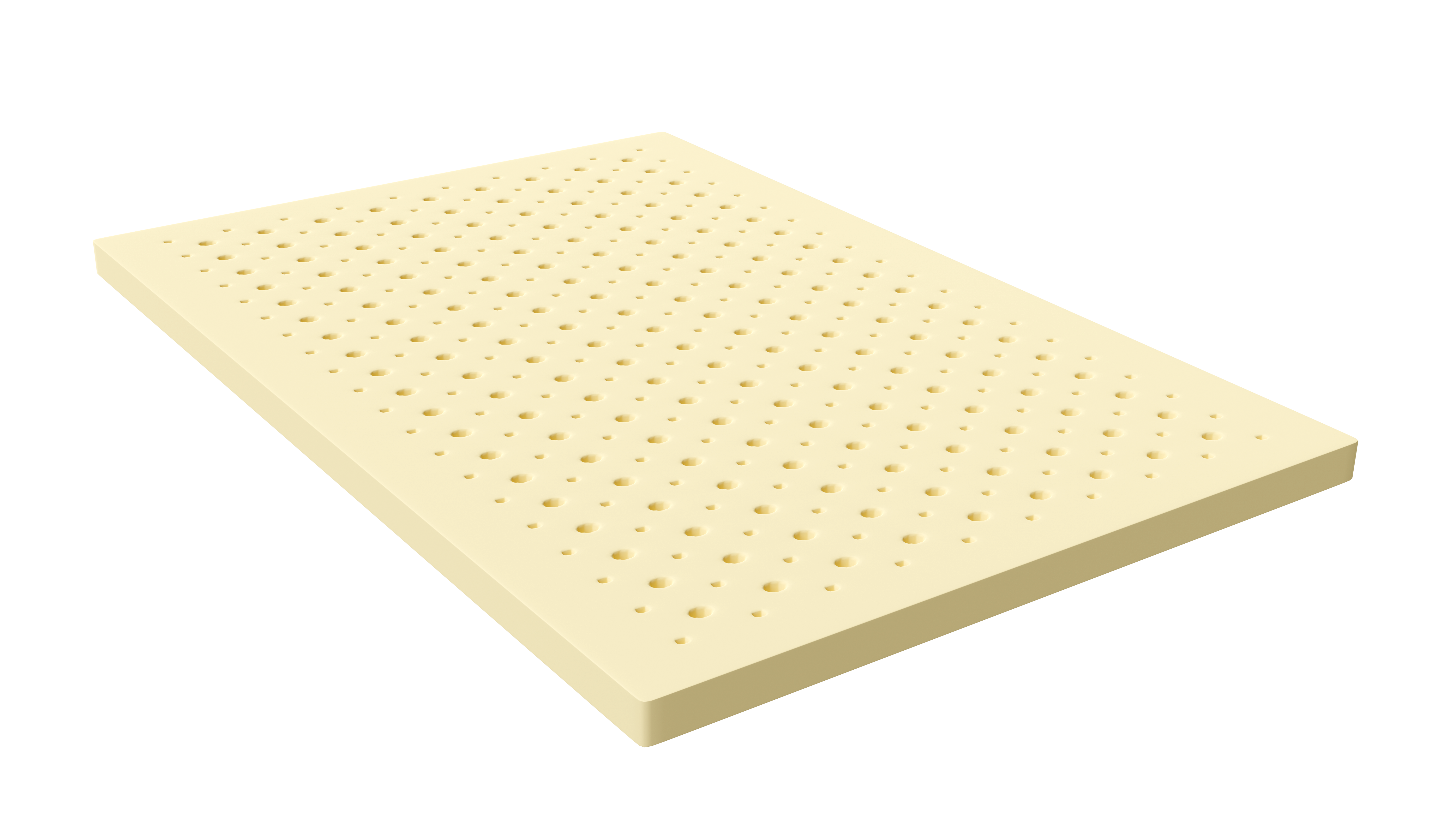What is Latex?
Natural Latex
Natural latex is harvested from the sap of rubber trees grown in specific regions of the world. Natural latex is not a perfect product by the very nature of its being natural. The sap harvested is affected by soil conditions, the amount of rain, and other factors that make one batch better than another. The degree of difference is not great but enough that makes it necessary for purchasers of the raw material to test for quality. It is much like buying coffee beans to arrive at different blends. Natural and synthetic rubbers have differing properties. Natural rubber is very soft and elastic, while synthetic rubber gives the foam stability and firmness and makes the processes used during production easier to work with. To obtain the best overall properties in the product and to stabilize prices, blends of natural and synthetic are used.
Synthetic Latex
Before WW II virtually all latex used in production was natural. A search for the synthetic alternative began during WW II because supplies of latex from the Far East were very restricted. Scientists tried to copy natural latex (derived from cis-polyisoprene) and the result was inferior. They developed a latex based on a synthetic polymer that behaved in a similar way. The word “polymer” simply means a compound made up of long chains of molecules, each link in the chain being derived from simple chemicals known as “monomers”. A number of synthetic latices were developed, the most useful one being made by polymerizing Styrene (a liquid) with Butadiene (a gas) to give Styrene-Butadiene rubber, abbreviated to SBR.
CONCLUSION: Compounders of latex use a “BLEND” of synthetic latex mixed with natural latex for 3 reasons:
-
- Creates the most consistent product, ensuring consistency throughout the entire core.
- Allows for a greater range of firmnesses, anything from very soft to very firm.
- Keeps the price consistent, allowing for finished mattress products with stable prices
Manufacturers Use Blended Latex to Produce Better Products
The major mattress manufacturers found, early on, that they could not rely on the “less than perfect” natural latex if it varied from provider to provider. But the natural properties of latex were still needed to make a great mattress. To solve this they began using blended latex to produce a longer-lasting mattress.
Latex in a snapshot
Sourced from the sap of rubber trees, 100% Natural Latex stands as a testament to eco-friendly and sustainable bedding materials. Renowned for its exceptional resilience and durability, it offers a unique blend of support and pressure point relief, ensuring a comfortable and restorative night’s sleep. With its natural hypoallergenic properties, it proves to be resistant to dust mites, mold, and mildew, fostering a clean and healthy sleeping environment. Furthermore, its exceptional breathability allows for efficient air circulation, preventing the buildup of heat and moisture, and thus regulating body temperature for an uninterrupted sleep experience.
Talalay Latex
Talalay Latex, known for its exceptional comfort and support, is a type of latex foam manufactured using the Talalay process, which involves a sophisticated method of producing durable, consistent, and buoyant latex foam layers. This specialized production technique encompasses a series of steps, starting with the pouring of liquid latex into a mold and subsequently sealing it to create a consistent cell structure. The mold is then vacuum-sealed to evenly distribute the latex and freeze it, ensuring uniformity and durability. The frozen latex is then flash-heated to solidify its structure, and finally, it undergoes a thorough washing and drying process, resulting in a resilient and breathable foam known for its exceptional pressure relief and responsive support.
Talalay Latex is widely favored for its ability to contour to the body’s shape, providing personalized support and minimizing pressure points, which in turn promotes a more restful and rejuvenating sleep experience. Its open-cell structure allows for superior breathability, preventing the build-up of heat and moisture and effectively regulating body temperature throughout the night. Additionally, Talalay Latex is highly regarded for its hypoallergenic properties, as it naturally resists dust mites, mold, and mildew, making it an ideal choice for individuals with allergies or respiratory sensitivities. With its consistent, resilient, and long-lasting nature, Talalay Latex continues to be a sought-after material for mattresses, pillows, and other bedding products, offering a luxurious and supportive sleep surface that contributes to overall well-being and comfort.
Dunlop Latex
Dunlop Latex, renowned for its robust and resilient composition, is a type of latex foam produced using the Dunlop manufacturing process. This method involves pouring the latex into a mold, followed by the steam-baking of the material to create a dense and durable foam structure. Known for its firmer and denser feel compared to Talalay Latex, Dunlop Latex offers consistent support and pressure relief, making it an ideal choice for individuals seeking a more stable and supportive sleep surface. Its natural resistance to dust mites, mold, and mildew further enhances its appeal, providing a hypoallergenic and sanitary bedding solution for those with allergies or respiratory sensitivities. With its sustainable and eco-friendly production process, Dunlop Latex continues to be a popular option for mattresses and bedding products, offering a resilient and comfortable sleep experience.
Talalay Latex vs. Dunlop Latex
Key Benefits
Talalay Latex and Dunlop Latex, while both derived from the sap of rubber trees, possess distinct differences in their production process and resulting properties. Talalay Latex, crafted using a complex manufacturing technique, is known for its luxurious and buoyant feel, attributed to its uniform cell structure and consistent density. Recognized for its enhanced breathability and pressure point relief, Talalay Latex is a popular choice for those seeking a softer and more responsive sleep surface. On the other hand, Dunlop Latex, produced using a simpler and energy-efficient method, boasts a denser and firmer composition, making it a preferred option for individuals in search of a more stable and supportive mattress. Known for its sustainability and durability, Dunlop Latex is celebrated for its resilience and hypoallergenic properties, catering to those with specific health considerations.
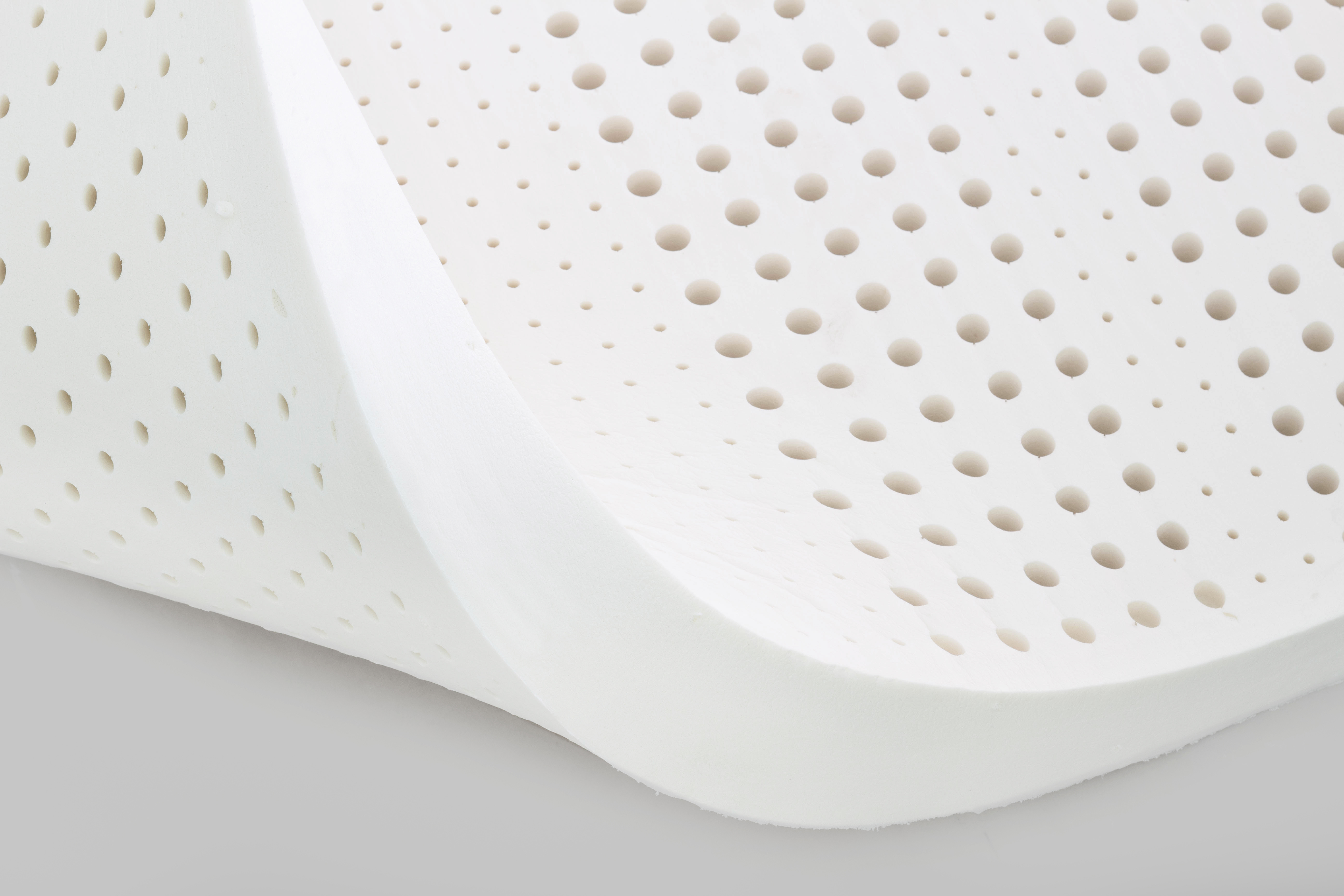
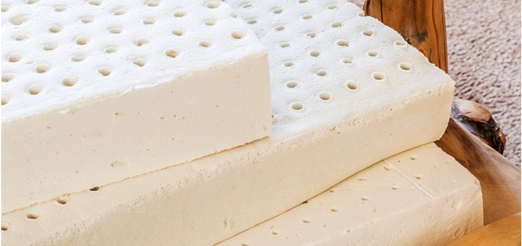
While both latex types share common characteristics, such as being naturally resistant to dust mites and mold, they cater to different sleep preferences and needs. Talalay Latex, with its emphasis on comfort and responsiveness, appeals to those desiring a plush and contouring sleep surface, ideal for pressure relief and adaptability. On the other hand, Dunlop Latex, with its focus on stability and support, is favored by those seeking a firmer and more robust mattress that promotes proper spinal alignment and lasting durability. Ultimately, the choice between Talalay Latex and Dunlop Latex hinges on individual preferences and sleep requirements, allowing for a personalized selection that caters to varying comfort and support preferences.
Hypoallergenic
Latex is naturally hypoallergenic, making it an ideal choice for individuals with allergies or sensitivities.
Natural
Latex is a naturally derived material, making it an eco-friendly and sustainable bedding option.
Reduced Heat
Latex mattresses excel in heat reduction, ensuring a cooler and more comfortable sleep environment.
Healthy
Latex promotes a healthy sleep environment, courtesy of its natural resistance to dust mites and mold.

